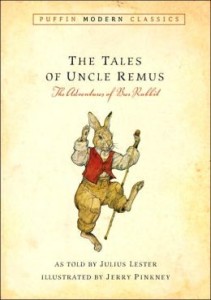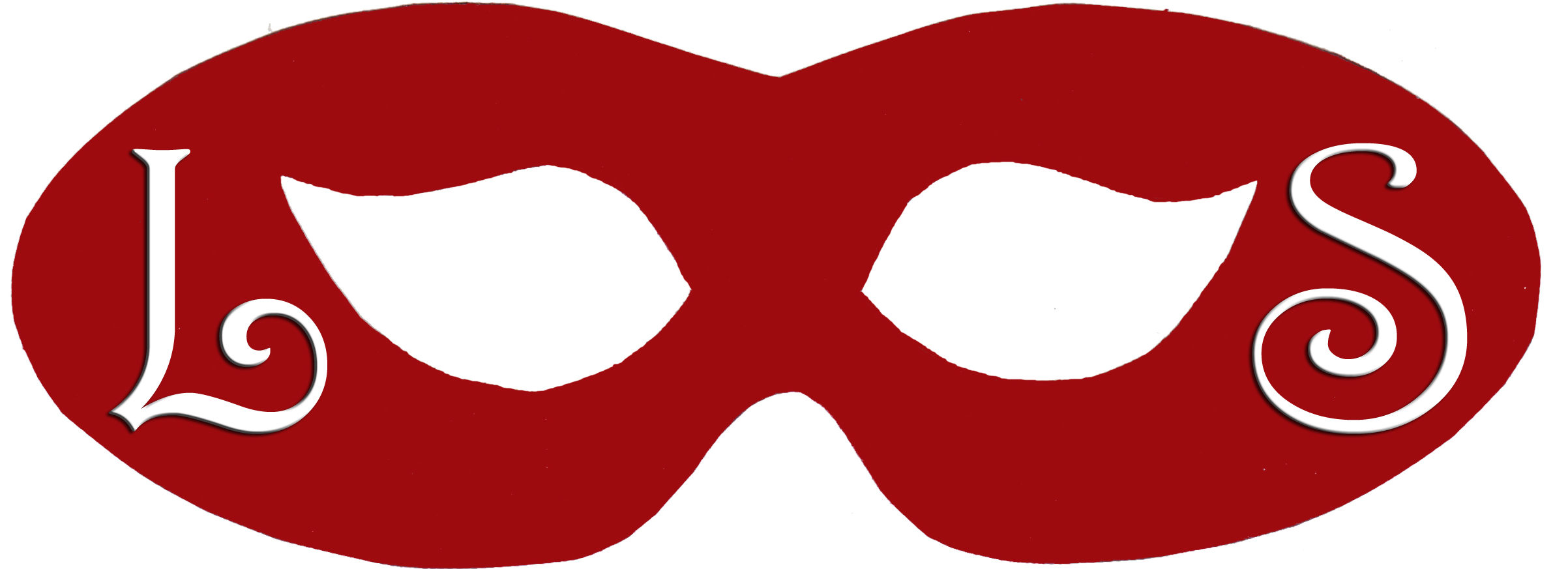Use Your History As A Muse: Brer Rabbit edition
 If you are an American, you have the special privilege of drawing from at least two sources of history. You can draw from the relatively young history of the United States and the history of your ancestors, wherever they originated from. Whether you’re fresh off the boat or ten generations deep you get American Folklore, like Brer Rabbit, and your motherland (even if your motherland is a continent instead of country).
If you are an American, you have the special privilege of drawing from at least two sources of history. You can draw from the relatively young history of the United States and the history of your ancestors, wherever they originated from. Whether you’re fresh off the boat or ten generations deep you get American Folklore, like Brer Rabbit, and your motherland (even if your motherland is a continent instead of country).
Using history as a muse isn’t a new idea, and there’s always the risk of being trite (among other things) but there is always room to relate history to life now. For instance the famous version of the Brer Rabbit stories was first published in 1881 by Joel Chandler Harris. Reading Harris’s version require as much patience as reading Chaucer’s Canterbury Tales for similar English-but-not-quite-English language difficulties. In 1987 Julius Lester published The Tales of Uncle Remus: The Adventures of Brer Rabbit, a slimmer and more understandable volume with gorgeous illustrations by Jerry Pinkey. With the same source material, it created something new by eliminating the conceit of a slave telling the Brer Rabbit stories to a white child. The storyteller lives in the pages of the book and each story is written as if the storyteller is in the room telling it to you (which I have griped about when I don’t like how I’m being included and praised when I do).
Make the old new again by reaching into your own history. The next time you’re stuck instead of trying to make something up out of thin air, try reaching into your history and crafting something new out of that material. What history can (or do) you use to make your writing better?
